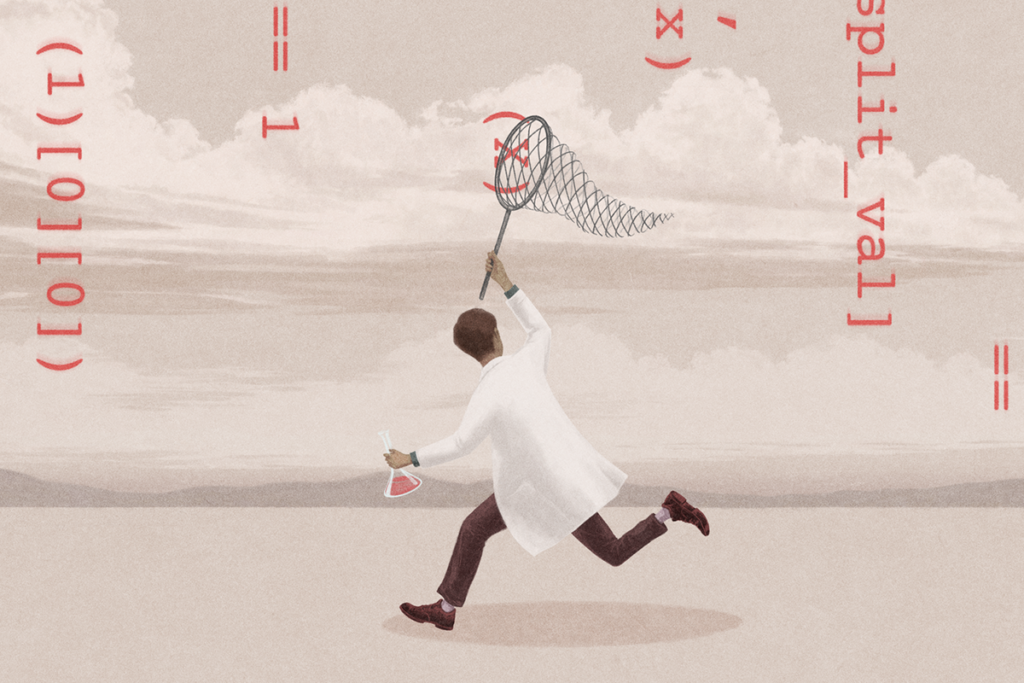Siri Carpenter is an award-winning science writer and editor based in Madison, Wisconsin. Her work has appeared in The New York Times, The Los Angeles Times, The Washington Post, O: the Oprah Magazine, Science, Scientific American Mind, Science News, and many other publications. She’s first author on the psychology textbook Visualizing Psychology (John Wiley & Sons, 2007). She is also co-founder and editor-in-chief of The Open Notebook, a nonprofit organization and website that provides resources to help science journalists improve their skills.
Siri Carpenter
Freelance Writer
Spectrum
From this contributor
The children who leave autism behind
Some children shed the symptoms of autism and eventually lose their diagnosis. What sets them apart?
Explore more from The Transmitter
New organoid atlas unveils four neurodevelopmental signatures
The comprehensive resource details data on microcephaly, polymicrogyria, epilepsy and intellectual disability from 352 people.

New organoid atlas unveils four neurodevelopmental signatures
The comprehensive resource details data on microcephaly, polymicrogyria, epilepsy and intellectual disability from 352 people.
Can neuroscientists decode memories solely from a map of synaptic connections?
Five experts discuss the progress, possibilities and hurdles of decoding a “nontrivial” memory from an organism just by analyzing its brain connectivity patterns.
Can neuroscientists decode memories solely from a map of synaptic connections?
Five experts discuss the progress, possibilities and hurdles of decoding a “nontrivial” memory from an organism just by analyzing its brain connectivity patterns.
AI-assisted coding: 10 simple rules to maintain scientific rigor
These guidelines can help researchers ensure the integrity of their work while accelerating progress on important scientific questions.

AI-assisted coding: 10 simple rules to maintain scientific rigor
These guidelines can help researchers ensure the integrity of their work while accelerating progress on important scientific questions.
